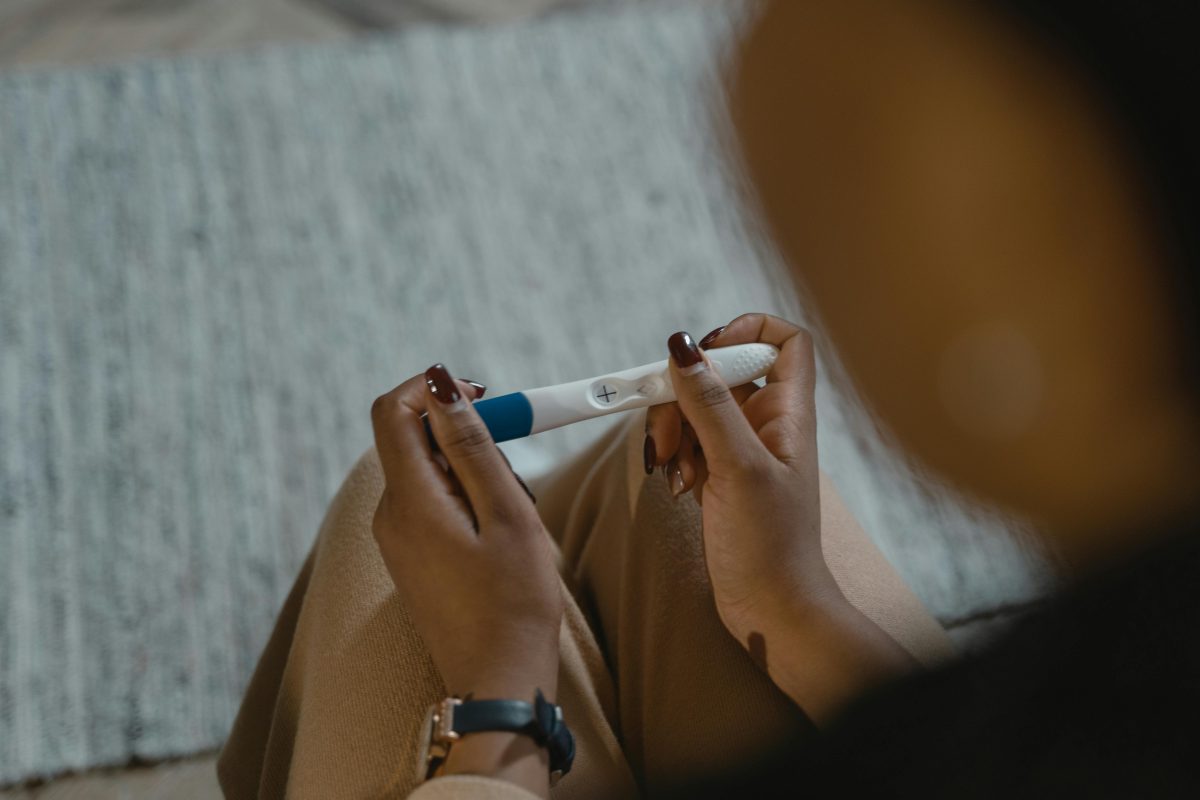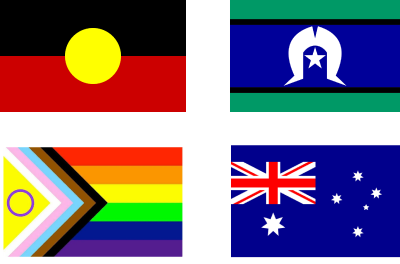
Written by Jenny
CW: Birth trauma, medical procedures, anorexia, adoption
Doubts clouded my mind. How could that be when we’d only tried that once, and given my long history of anorexia? During those dark years, I’d wondered whether I would ever get married, let alone have the capacity to fall pregnant. Either way, I decided it best to keep it a secret until the doctor’s confirmation. No point getting excited if it was just an error. My whole life had been dotted with struggle and disappointment. Self-protection automatically held me back from experiencing excitement.
At the time, we were living as expats in Hong Kong for my husband’s work. I found a good doctor across the road from where we lived on the 68th floor of an eight-tower complex. She glanced at the test and congratulated me. A professional’s confirmation was the reassurance I needed to believe the unbelievable.
High school rejections had been the catalyst for my anorexia.
Through extensive research, I was conscious of how babies can be impacted in utero; trauma and anxiety passed on to the developing embryo via the mother. I wanted to ensure my anxiety and stress were minimal during my pregnancy.
My detailed nature and need to be prepared – particularly for something entirely unknown and lifechanging – meant that I craved space to equip myself with the knowledge and resources for motherhood.
I poured over baby books as though preparing for an exam, highlighting, annotating and bookmarking.
Perfectionism and executive functioning challenges, such as decision making and task switching, meant I invested far too much time exploring all the options rather than making a ‘good enough’ decision.
At the same time, I was apprehensive about my changing body, not wanting to gain more weight than necessary. Still lingering, was the fixation on checking my stomach and weight for reassurance.
I struggle with uncertainties. One way to subconsciously deal with this was focusing on how my body was transforming rather than on all the uncertainties of birth and motherhood.
Understanding the different birth options in a foreign country felt overwhelming.
Fueled by my anxiety to get everything right, I attended all the birth classes and appointments prepared with lists of questions, awkwardly aware that the midwife might find my note-taking oddly intense.
Looking back, I had very set ideas for my birth plan. I wanted a completely natural birth with no interventions.
At 39 weeks, I began to worry I might need inducing. So that final weekend, we went out for Indian curry and a steep hike up The Peak, hoping to further prompt labour.
For several days I’d been getting cramps, but had difficulty distinguishing whether it was indigestion – not uncommon for me – or contractions. I have a high pain threshold and would rather underestimate my pain and persevere at home, than go to hospital too early and be stuck in the public pre-birthing ward, where partners weren’t allowed.
That night, the pain intensified but I didn’t want to bother my husband, deeply asleep next to me. Too uncomfortable to remain in bed, I groped the short distance to the lounge room, clutching at furniture with each contraction. Finally, unable to bear the pain, I staggered back to the bedroom to wake my husband, vomiting all over our newborn-ready bassinet. If it wasn’t clear before, I was now certain I needed to get to hospital.
For anyone who has visited Hong Kong, riding in a local taxi is like sitting on a camel when it stands up. Gripping onto the front seat as the taxi sharply swerved around another mountain bend then jerked to a halt, I was thankful we only lived a five-minute drive from the hospital. We had rehearsed getting to Level 5 before, however at 1am that morning, I had to wait for a break between contractions before I could manage a few steps towards the entrance. In typical assembly-line fashion, the nursing staff had me do all the paperwork, despite my inability to even get out my identification. Agitated by their slow pace, I feared I would give birth before making it to the birthing suite. Their regimented process required me to first be measured for dilation before being put in queue for a birthing room. Pink gowns for labour ward; purple gowns for birthing ward. To my relief, the nurse returned with a purple gown, an impressed look in her eyes that I’d tolerated so much at home.
The staff whisked me away on a trolley, juxtaposing their previous unhurried pace. It was still tough love when the nurse barked at me to use the overhead holder to heave myself onto the birthing bed, rather than assist me. With a dense population and differences in cultural norms, it’s about self-sufficiency and managing the masses.
Lying on the bed, reeling in pain, with monitors beeping and bright lights glaring at me, the calm visualisations I’d learnt from hypnobirthing classes were far from my mind.
But it was too late. The baby was already engaged. With no going back, I began to panic.
While contractions felt as though my insides were being squeezed like a wet cloth being wrung dry, the pushing phase felt like my entire pelvic floor would rupture or the vessels in my face burst with each push. What if I can’t keep this up? Will the baby get stuck halfway? Will this searing sensation tear me apart?
Traumatised from all the pushing and prodding, I flinched at every touch, bracing myself for more pain. So, when I unexpectedly felt something warm and slimy wriggling on my belly, I screamed and tried to brush it off. The nurses gave me a perplexed look, urging me to glance down. And there he was, my wrinkly little newborn! Waves of relief poured over me. I had braced myself for the worst, anticipating hours of nightmarish pushing. Realising it was all over felt incredulous.
I gingerly held my little bundle as he snuggled into me, skin-to-skin. A nurse suggested she take him to warm him up.
Grateful for some space alone with my husband to process, and a chance to regain some sense of my own body, I nodded. I lay there stunned. What had just happened?
Stay tuned for the next instalment of Jenny’s parenting journey as she explores early motherhood and the joys of parenting a child who also experiences the world differently.
Jenny is an experienced educator (Bachelor of Education). She enjoys using her skills to give presentations, workshops and to write about lived experience. Jenny is a late diagnosed autistic woman, who spent many years undiagnosed; her challenges attributed to her intersectionalities – a chronic eating disorder and transracial adoption. She was later diagnosed with inattentive ADHD.
Jenny is passionate about sharing her lived experience to raise awareness and understanding. Jenny desires to help others struggling with similar experiences by validating their experiences and offering insights. Jenny has presented in Sydney and internationally. She is currently part of the Intersectional Advisory Committee with Reframing Autism. In her spare time, Jenny enjoys keeping fit, massages, writing, reading and sipping prana chai.
If you would like to get in touch or collaborate with Jenny, please email her at jnmitchell99@gmail.com

The Reframing Autism team would like to acknowledge the Traditional Owners of the lands on which we have the privilege to learn, work, and grow. Whilst we gather on many different parts of this Country, the RA team walk on the land of the Awabakal, Birpai, Whadjak, and Wiradjuri peoples.
We are committed to honouring the rich culture of the Aboriginal and Torres Strait Islander peoples of this Country, and the diversity and learning opportunities with which they provide us. We extend our gratitude and respect to all Aboriginal and Torres Strait Islander peoples, and to all Elders past and present, for their wisdom, their resilience, and for helping this Country to heal.